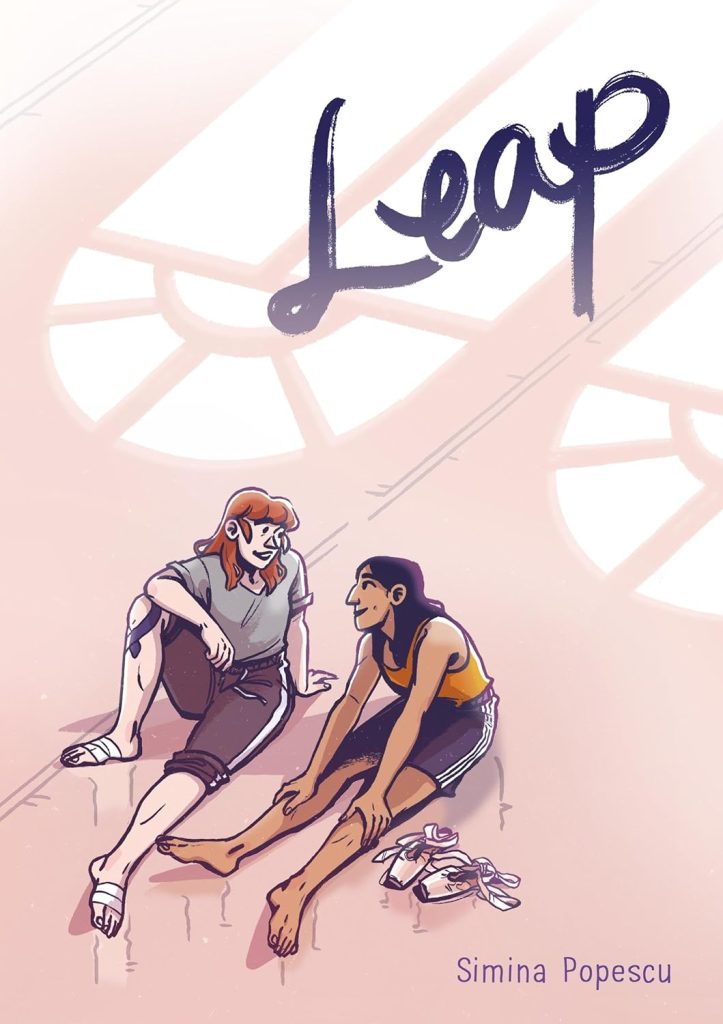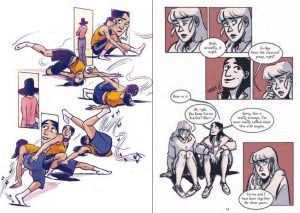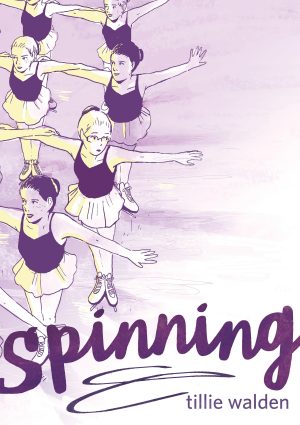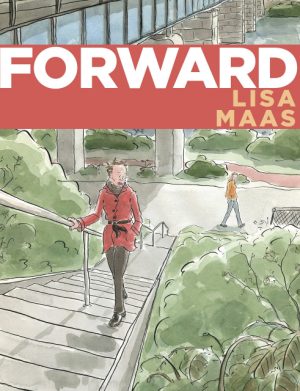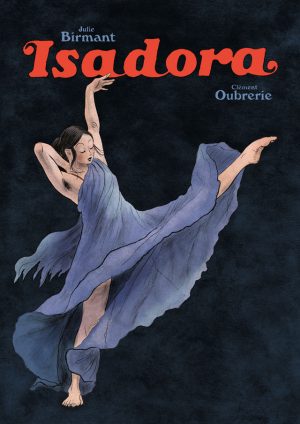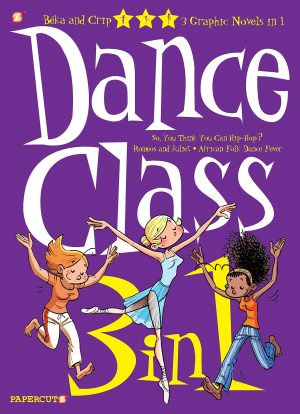Review by Ian Keogh
It’s September and Ana is returning to dance school in Bucharest where she immediately searches for Carina. Carina being the school’s star ballet dancer doesn’t exempt her from bully level criticism from instructors, and what’s kept quiet from everyone is that Ana and the slightly older Carina are in a relationship. Ana’s speciality is contemporary dance, and she has a nice new room mate in Sara. During a bonding experience bunking out after curfew Ana finds it a relief to have a sympathetic ear to talk about her relationship.
Once Ana’s situation has been established, Simina Popescu switches attention to the less confident Sara, who has a crush on her class teacher from Spain, but won’t admit it to herself. There’s then time to spotlight some complicated dynamics between other characters. That, though, is just the opening month of Leap, with three more to cover as the assorted dramas play out.
Popescu establishes the strict nature of dance training and the closeted environment along with the personalities in the opening sequence. If it’s not apparent from the attention to detail and knowledge of how a dance school operates, Popescu’s acknowledgments reveal her own years taking dance classes, and presumably she filters in supporting characters from her own experience. Her art isn’t conventionally attractive, but conveys emotional lows and really comes to life during dance sequences, where the movement is fluid and evocative.
How much of the story may be true isn’t disclosed, but there’s a sense of reality about the relationships, both friendship and greater involvement, and likewise a reality when discussions about them occur. Naturalistic, free flowing conversations are Popescu’s strength, which is really impressive from a Romanian creator without a credited translator. Each of the main characters has a specific issue bolstered by credible reasons for their feeling, even if Popescu at first lets readers think some behaviour is unreasonable. A massive problem is Romania being portrayed as vastly intolerant when it comes to same sex relationships, and open admission can lead to social isolation.
While moments during the final sequences will have been obvious all along, the paths toward them have been carefully constructed to be winding and unpredictable. Readers will sympathise with the cast, but also thoroughly understand them, and Leap has an emotional sophistication not achieved by most young adult graphic novels.
